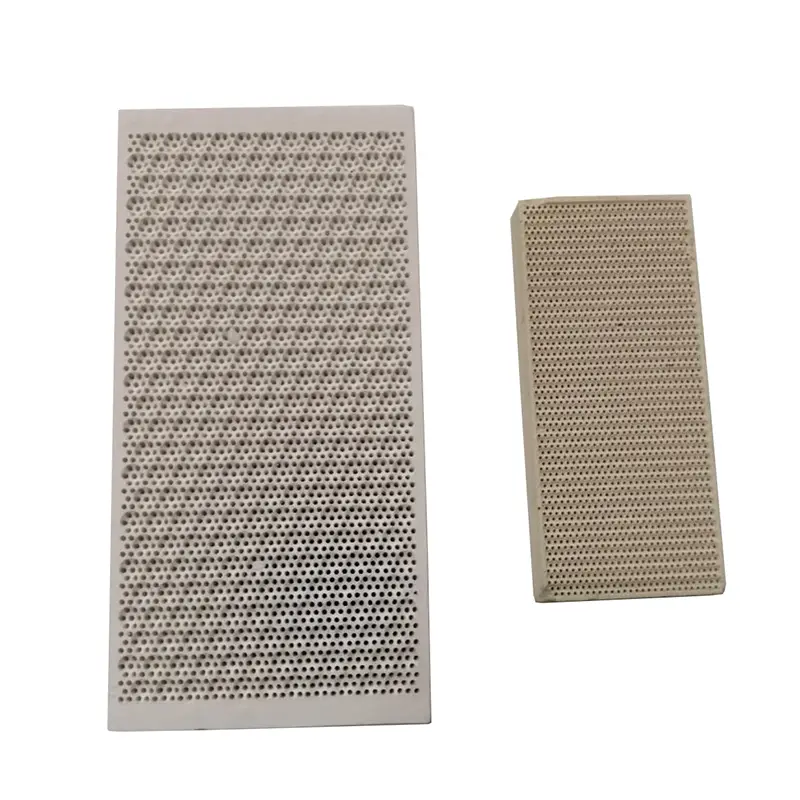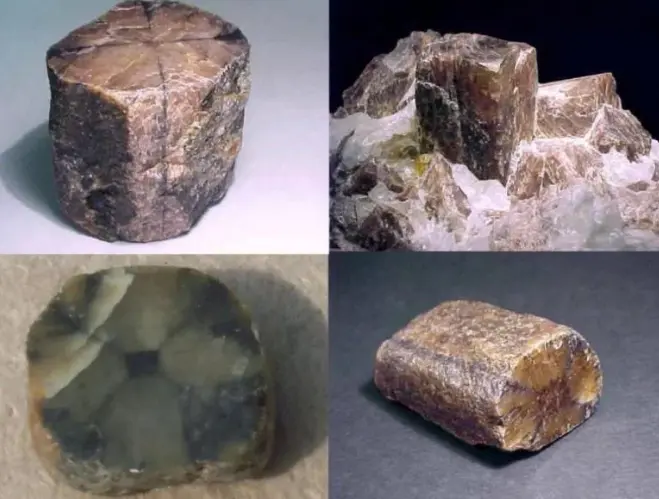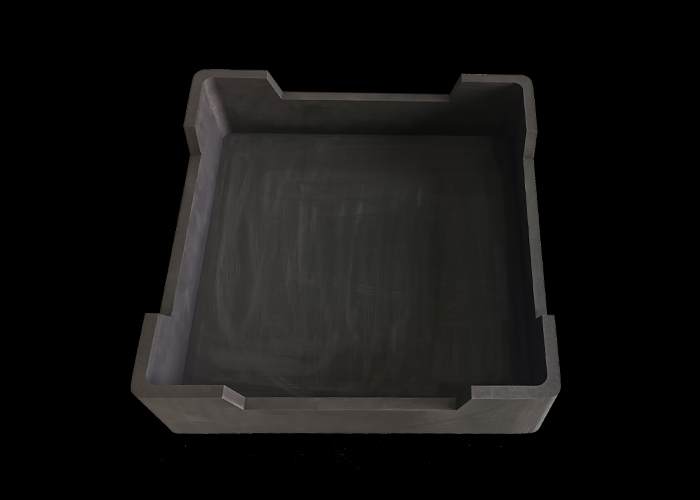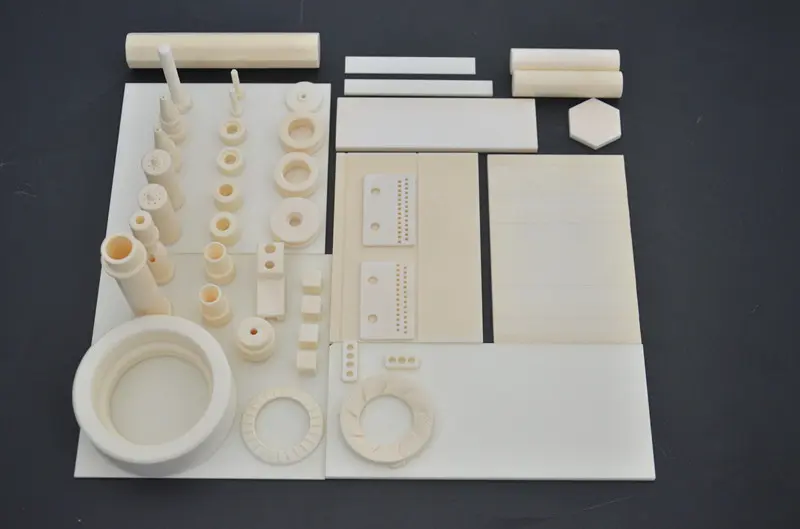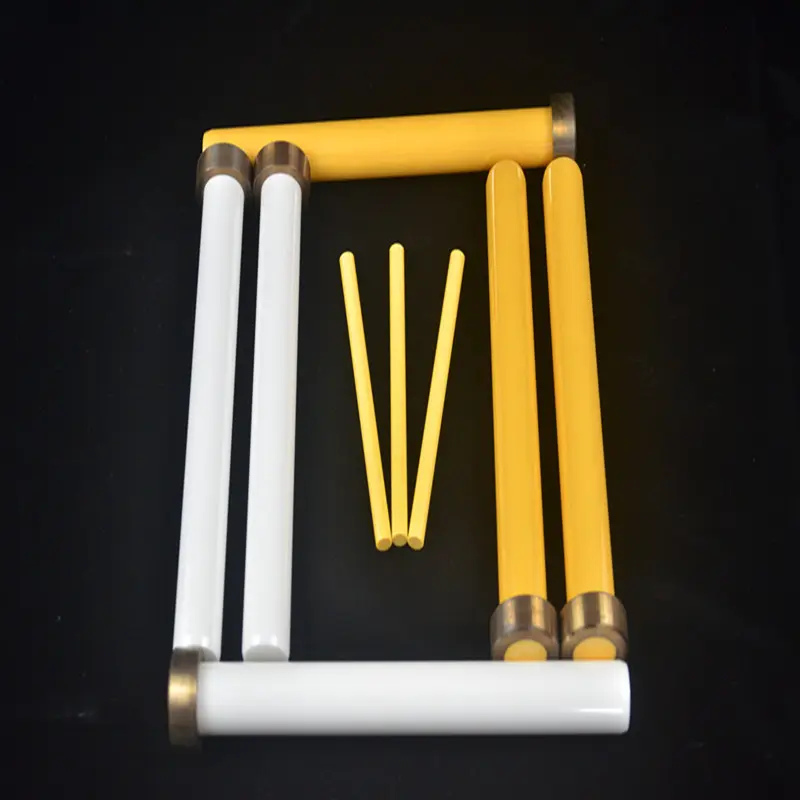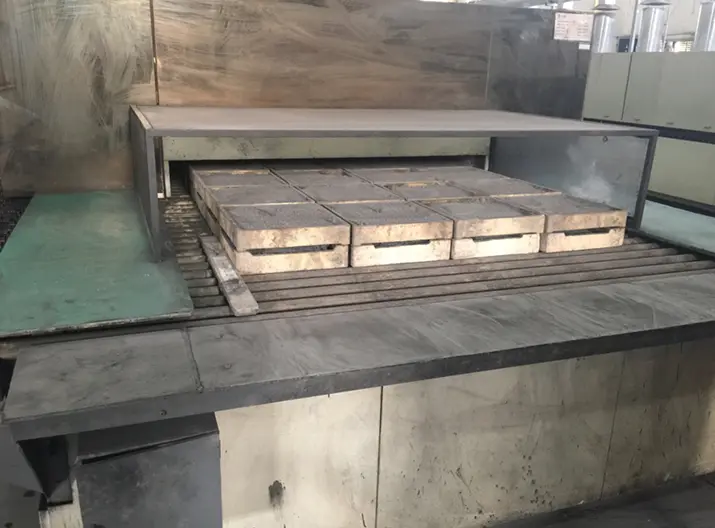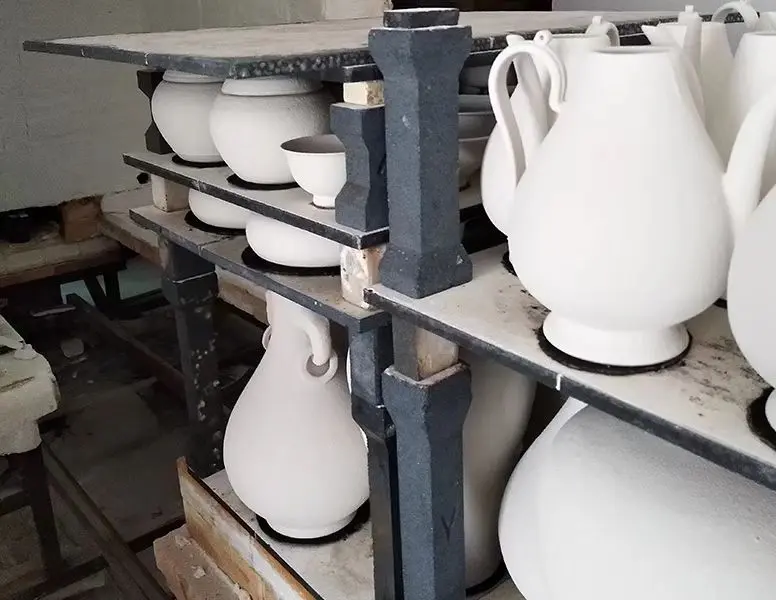Application of Ceramic Wear-Resistant Balls
One of the primary applications of ceramic wear-resistant balls is in the manufacturing sector, particularly in machinery and equipment that require high precision and reliability. In industries such as automotive, aerospace, and heavy machinery, these balls are utilized in bearings, valves, and pumps. Their ability to maintain performance under extreme conditions, such as high temperatures and corrosive environments, ensures that machinery operates smoothly and efficiently. This not only reduces downtime but also minimizes maintenance costs, making ceramic wear-resistant balls a cost-effective solution for manufacturers.
In the field of mining and mineral processing, ceramic wear-resistant balls play a crucial role in grinding and milling operations. The mining industry often deals with abrasive materials that can quickly wear down traditional steel balls. By incorporating ceramic wear-resistant balls into grinding mills, companies can significantly extend the lifespan of their equipment. This results in lower replacement costs and improved productivity, as the grinding process becomes more efficient and less prone to interruptions caused by equipment failure.
Another significant application of ceramic wear-resistant balls is in the food and beverage industry. Equipment used in food processing, such as mixers and blenders, must meet stringent hygiene standards while also being able to withstand wear from abrasive ingredients. Ceramic balls are non-reactive and can be easily cleaned, making them an ideal choice for food processing applications. Their wear resistance ensures that the equipment remains operational for longer periods, thereby enhancing productivity and reducing the risk of contamination.
The medical industry also benefits from the application of ceramic wear-resistant balls. In medical devices, such as prosthetics and implants, the durability and biocompatibility of ceramic materials are essential. Ceramic wear-resistant balls are used in various medical applications, including joint replacements and dental implants, where they provide strength and longevity. Their resistance to wear ensures that these devices maintain their functionality over time, improving patient outcomes and reducing the need for replacements.
In the realm of sports and recreation, ceramic wear-resistant balls are increasingly being used in high-performance sporting equipment. For instance, in the production of high-end bicycles, ceramic bearings are utilized to reduce friction and enhance performance. Athletes benefit from the lightweight and durable nature of these materials, which contribute to improved speed and efficiency in their respective sports.
Furthermore, the aerospace industry has recognized the advantages of ceramic wear-resistant balls in applications such as turbine engines and landing gear systems. The ability of ceramics to withstand extreme temperatures and pressures makes them an ideal choice for components that require high performance and reliability. This application not only enhances the safety of aircraft but also contributes to fuel efficiency, which is a critical factor in modern aviation.
In conclusion, the application of ceramic wear-resistant balls spans a wide range of industries, from manufacturing and mining to food processing and aerospace. Their unique properties, including durability, low friction, and resistance to wear, make them an invaluable asset in enhancing operational efficiency and reducing maintenance costs. As technology continues to advance, the demand for ceramic wear-resistant balls is expected to grow, further solidifying their role as a critical component in modern industrial applications.


